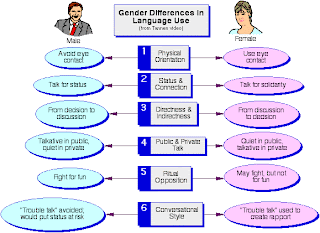
Promoting a charity is a much more complex process than promoting a product, service or brand. Charities are often dealing with taboo areas of society, circumstances that audiences don't really want to read about, and the charities cannot be accused of glamourising their subjects. Charity advertising is an innovative and creative field. Charities and ad agencies work hard within the restrictions imposed upon them to create ads that will provoke discussion as well as donation.


Provocative advertising is one way of getting a charity into the news.
During Friday's lecture we saw 3 adverts. For me, the first two were really good.
First- A girl looking at me with her sad, blue eyes...asking for help.
The second one- People from different generations saying: "I shoudn't be here." And suddenly, a woman trying on a wedding dress... She turns around and says with tears in her eyes: "My mom should be here..."
They would encourage me to give some money to these organisations.
Unfortunately, charities need to be shocking in order to provoke a response.

And about gender differences...I've read that "female brains are more compact than male brains, though smaller, they are more densely packed with neurons, particularly in the region responsible for language. Also, females have language functions evenly distributed in both cerebral hemispheres, while in males they are more concentrated in the left hemisphere. This puts males more at risk for language disorders like dyslexia." In other words, women are more intelligent :) They are more successful at school.

What's more, there are also gender differences in advertising. Women focus on health and beauty whilst men focus on phisical strength.































